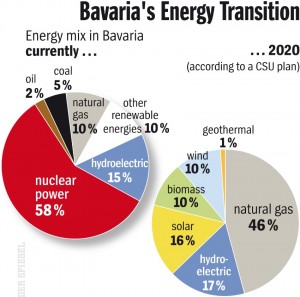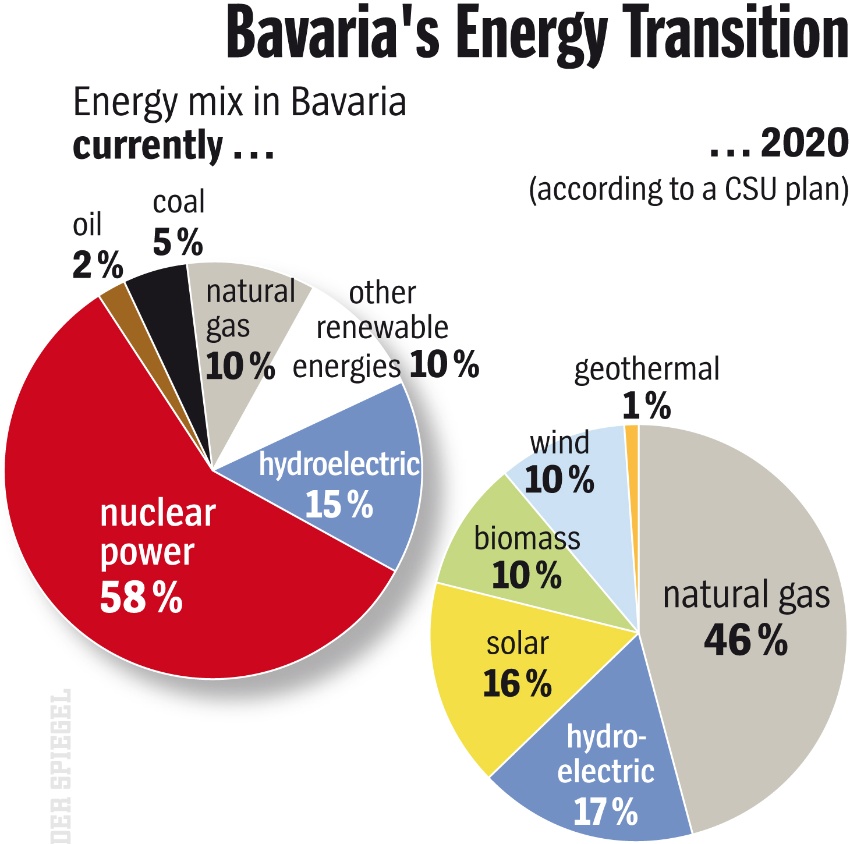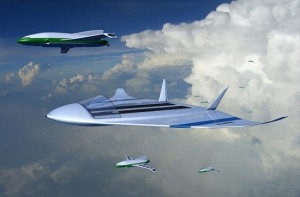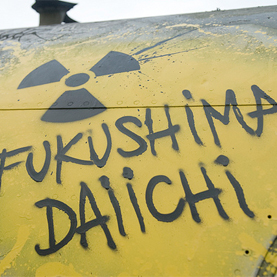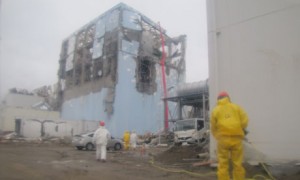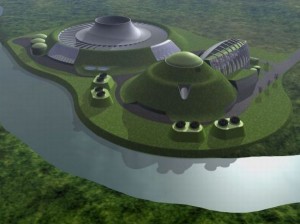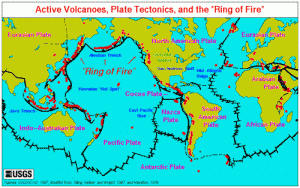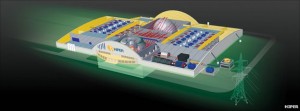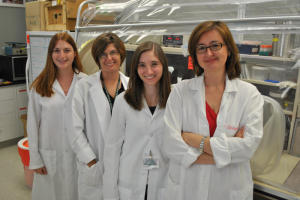
Imagine if nuclear power was safe, terror-proof, and fueled by a plentiful, ubiquitous element. Sound like a pipe dream? Maybe it is. Maybe not.
A couple nights ago, I dropped by the Vice magazine offices in Brooklyn to check out a new documentary on thorium put together by Motherboard.tv. (Full disclosure: the video was produced by Alex Pasternack, a former contributor here at TH.) The film, The Thorium Dream, examines the history of an alternative kind of nuclear power, one tested decades ago but never embraced.
 Follow
Follow